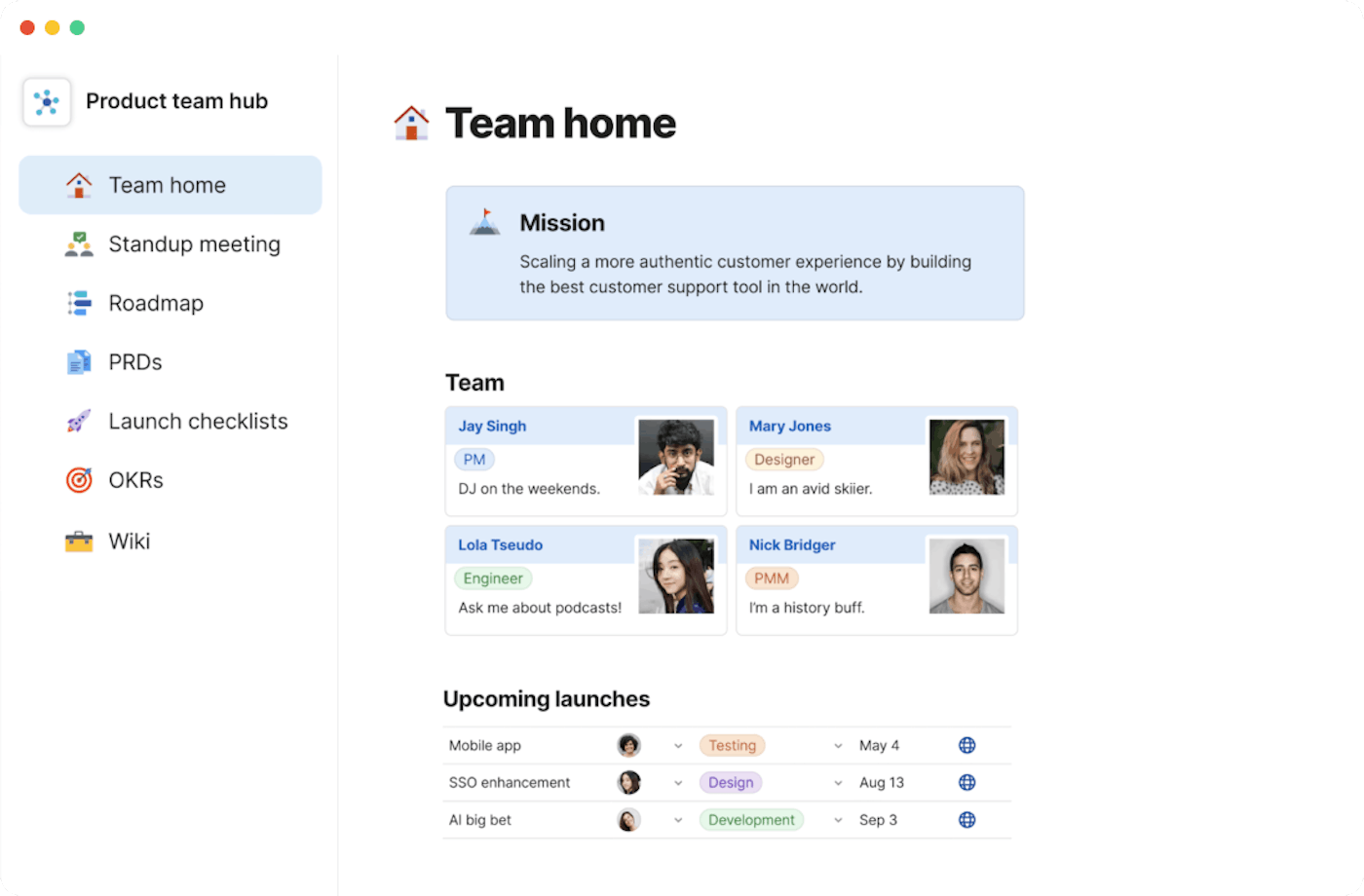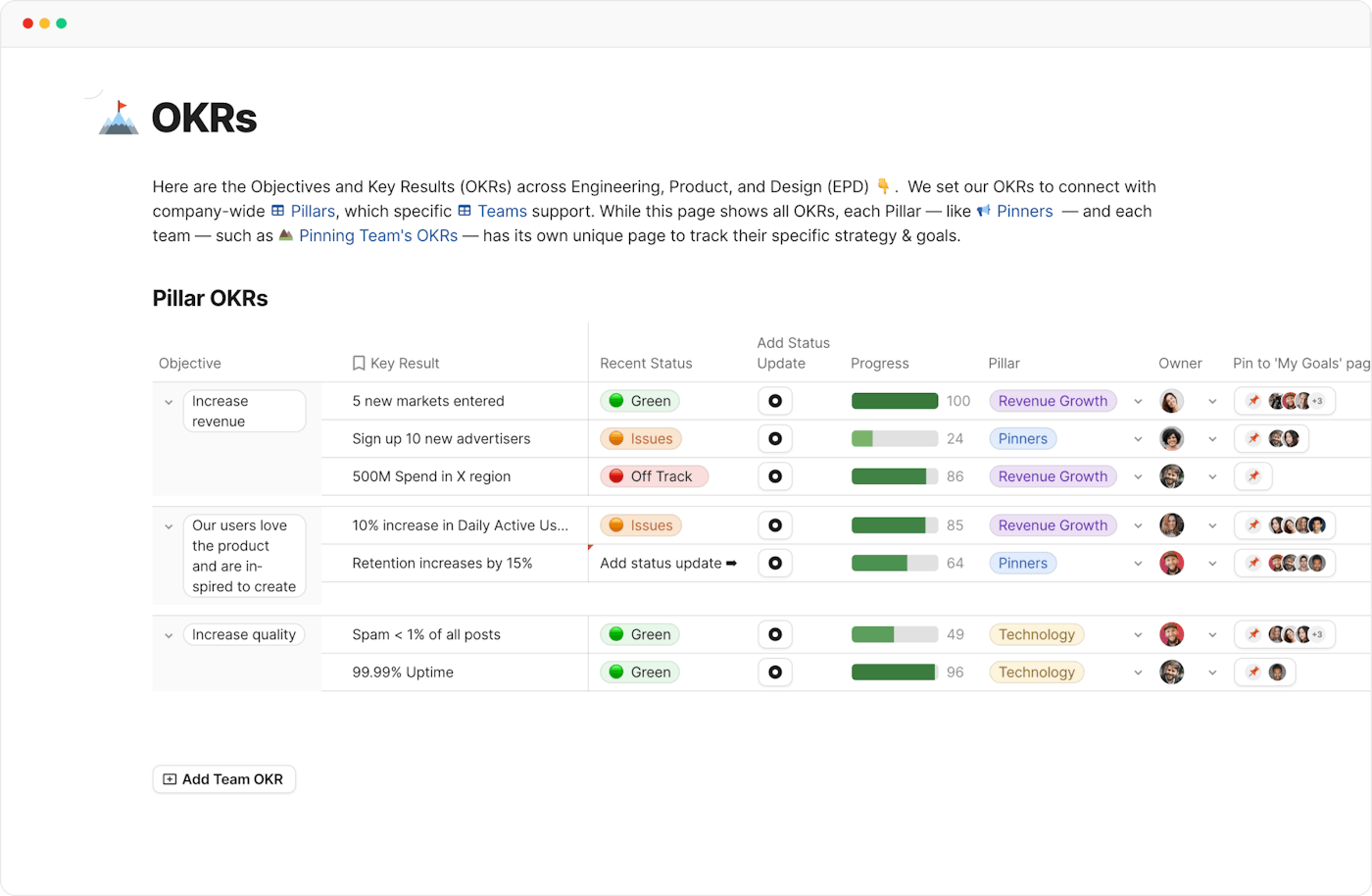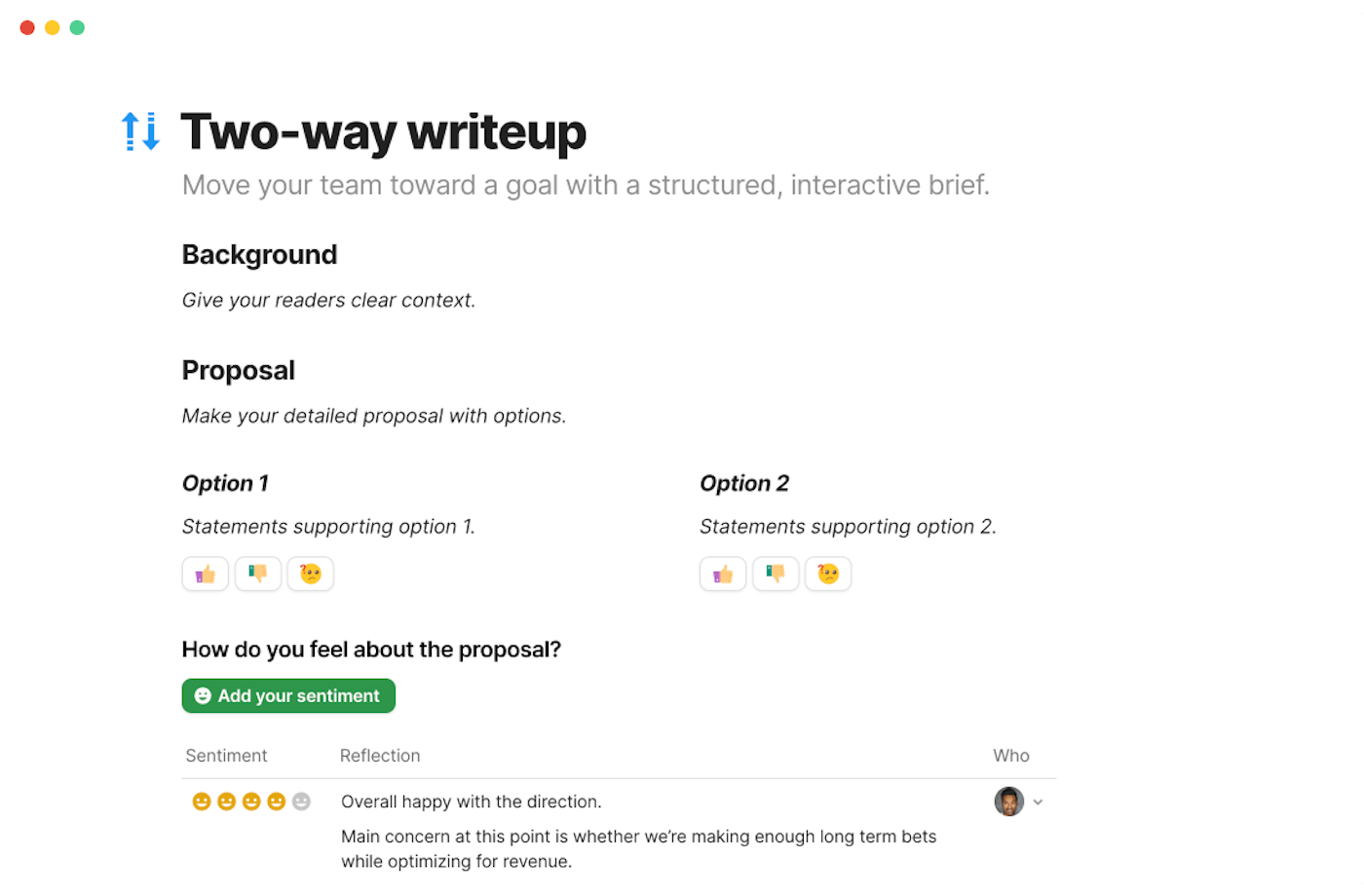3 reasons to run your product team on Coda.
Product teams are different — Coda fits them all.


Lane Shackleton
Lane creates insightful product experiences and leads effective, empathetic teams, including the Product and Design team here at Coda.
Blog > Product teams · 8 min read

- One link, not five or more. There is never confusion about where to go if you’re on the team. The team’s hub always contains what you need to get work done.
- The information is all connected. That means no longer doing silly things like downloading CSVs or copy-pasting across tools. Tasks can easily reference specs, dashboards can have explanations written around them while they live update, meeting notes can pull-in detailed plans, and much more.
- Get attention by simply adding a new page. As the team evolves, you’ll naturally want their attention on new information. So instead of sending them more links, you can simply add another page in the hub. That way, the team will naturally encounter the new information while they do their work.
- Bonus, you get a clear historical record. One unexpected outcome of using team hubs for years is that it also creates a nice historical record as new people join the company. So a new person joins and says, “Why did we make that decision?” and in a world of lots of tools, you have to go try to reconstruct history across a bunch of tools. And in our case, you just go find the team hub from that effort, and often it will have good meeting notes or a decision log.
You don’t rise to the level of your goals, you fall to the level of your systems."
With Coda, you can have the best of both worlds.
1. Thousands of example docs with solutions to specific problems.
You can find clear, opinionated solutions to specific problems in our Gallery. Product Leaders from some of the best product teams like Stripe, Figma, Meta and others have docs that explain valuable learnings, and how you can adopt their ideas while tweaking to fit your organization.2. Powerful extensions to flexible docs and tables like Automations.
Coda can serve as your team’s tool for docs and wikis but go much further. Our customers create customized workflows that fit their team using a combination of tables of data and automations that trigger at the perfect time for their team.3. Deeply integrated with other tools through Packs.
Coda’s integration layer, called Packs, means that you can pull in data from key sources, and push data back out when you need it. That means you can do things like send a customized Slack notification or email to communicate proactively, or pull in the perfect set of Jira data to keep the team on track. You can have confidence that we integrate with your tools given our extensive library of more than 400 Packs. Let’s start with a question. Why is decision making a hot topic on every product team? My view is that a team’s impact is directly tied to their ability to make decisions and have those decisions stick. If that’s the case, then it’s easy to see why decision making is a critical topic for every product team. These days, many decisions are made in live discussions in meetings or within comments in a doc. But too often, the same three problems occur with decision making processes:- Decision rituals aren’t defined.The decision-making ritual itself and the key people aren’t well defined up front, so everyone creates their own process.
- Unstructured feedback slows everything down. The team gets feedback that is unstructured, and all looks the same, eg. comments in a Google Doc. The result is that it’s hard to parse and act upon.
- The highest paid person or the loudest dominate discussions. In-meeting questions and discussions often center around the loudest voice, instead of the questions critical to unblocking a decision.
- Decision making rituals are well defined with templates. Define a template for decision making, and craft a review cadence that makes sense for them.
- Feedback is structured and easier to act upon. Gather structured feedback to help guide decision making, ensure that the team can act on it, and also create a nice historical record.
- Discussions are driven by upvoting the topics that people want to discuss.
Jira
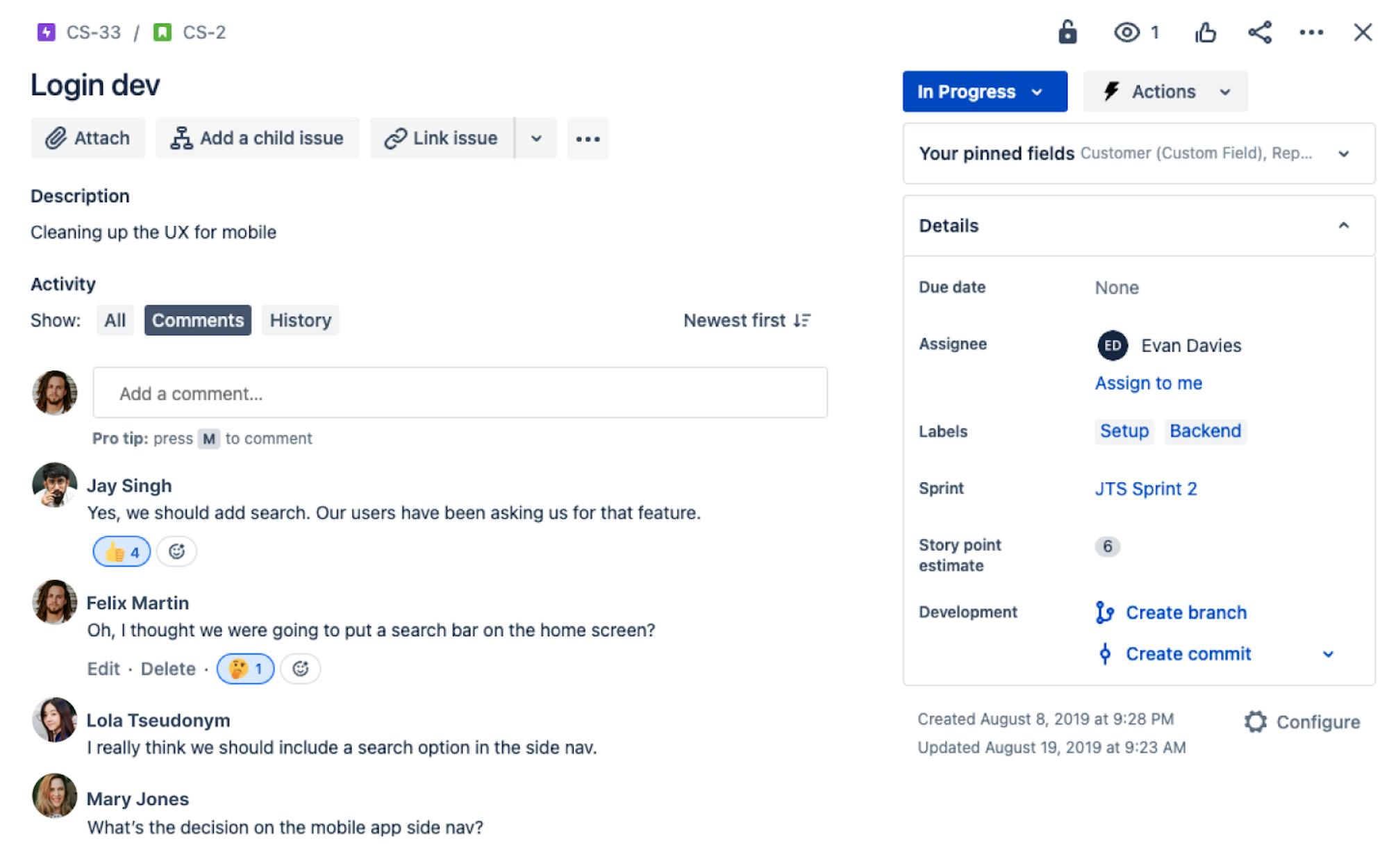
Coda

Google Docs

Coda
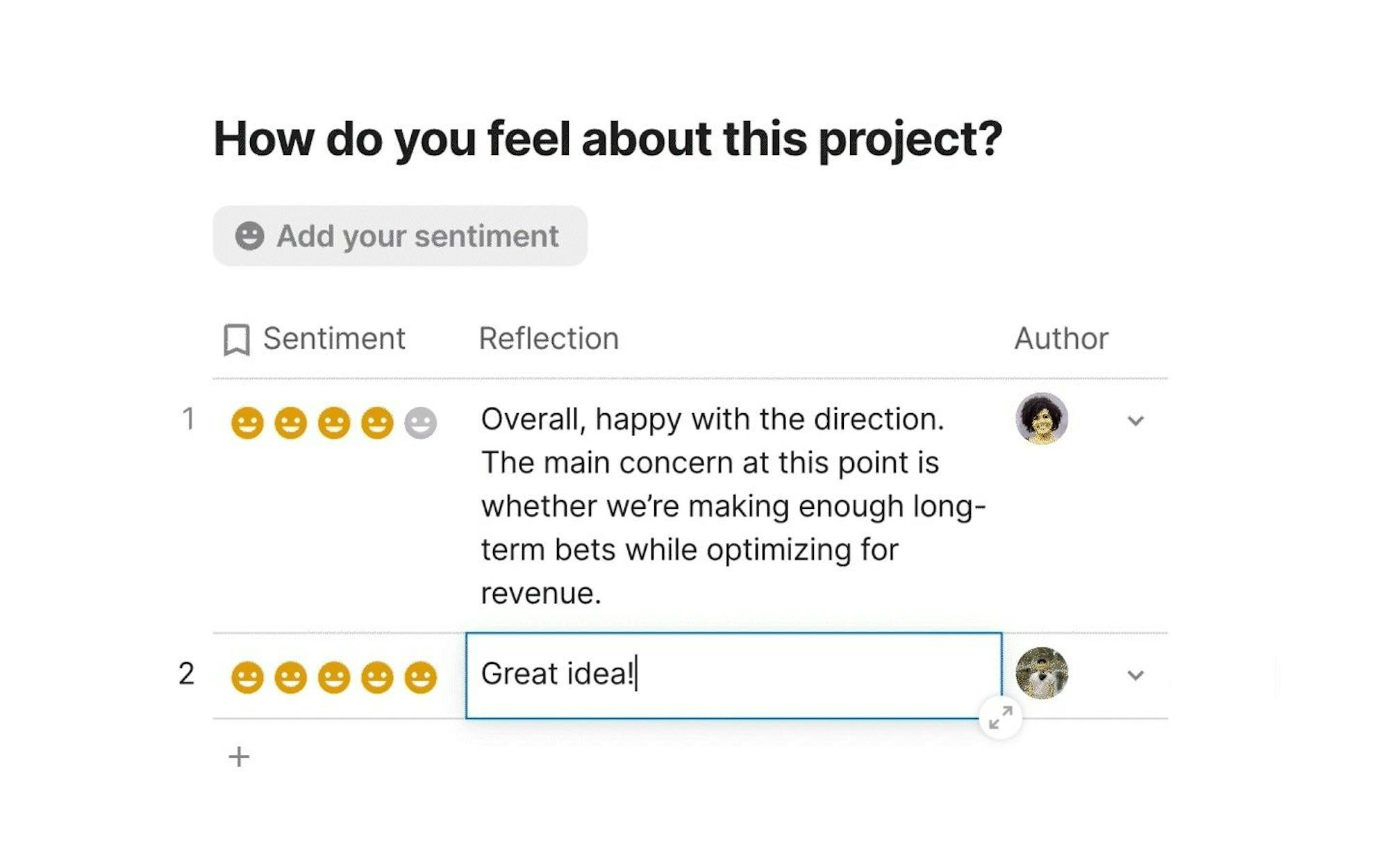
Google Docs

Coda

What next?
So how would I start? I’d start by figuring out what change you’d like to see in your organization and mapping one of the things I talked about above to that. For example:- Individual product teams — I’d like my product teams to operate off a single source of truth. In this case, I’d recommend having one or two teams try building out a team hub.
- Company level — I’d like us to be more thoughtful about our rituals and ensure we’re creating the tools we think will lead to the highest impact. Here’s a link to the best docs in our Gallery. Personally I’d start with your team wiki, planning process, or OKRs.
- Decision making — I'd like for us to have a better decision process. In that case, I'd start by creating a template for decisions, and also try using a log for key decisions.
Ready to ship faster with more alignment?
Curated content designed for high-performing product teams.

NEW
Coda for product teams
From kickoff to launch, all in one doc.
Centralize meeting notes, decisions, and more in your new single source of truth.
Get startedLearn more













